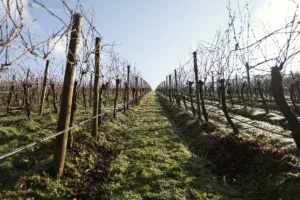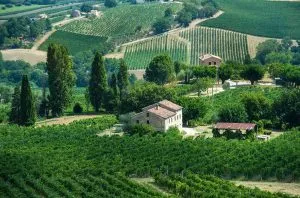It’s as much a myth as it is a vineyard, this place they call Bastard Hill. You’d never find it unless you really went looking for it. Vines are rarely reached through towering tree ferns or heralded by the sappy call of the elusive lyrebird. It’s carved out of the temperate rainforest at Gladysdale, in the Upper Yarra Valley, standing at just under 1,300ft (400m), on red basalt soils that are uncommon in these parts. A high fence keeps out the kangaroos and the introduced deer. The wombats couldn’t care less—they just burrow underneath.
When Ray Guerin first set foot on the place, back in 1986, he walked a high ridgeline from which the land dropped sharply on both sides. He saw a vineyard where very few would. He wasn’t yet the venerated figure he is now, the career that would see him recognized as the most significant viticulturist guiding Australian wine’s push into its cooler corners was in relative infancy.
He wasn’t the first choice to plant this vineyard. He wasn’t even the first-choice Guerin. The original investors had wanted his brother, but he wasn’t available. The north-facing slope was covered in cherry trees, the kind they glacé so that fruitcakes can be ruined. The south side, the even steeper side, was grazed by lopsided livestock. Both pitched at gradients that would make mountain goats in the Mosel nervous, up to 32 degrees on the steepest part of the southern side.
Evocative and ethereal
The property had been
This Article was originally published on World of Fine Wine






